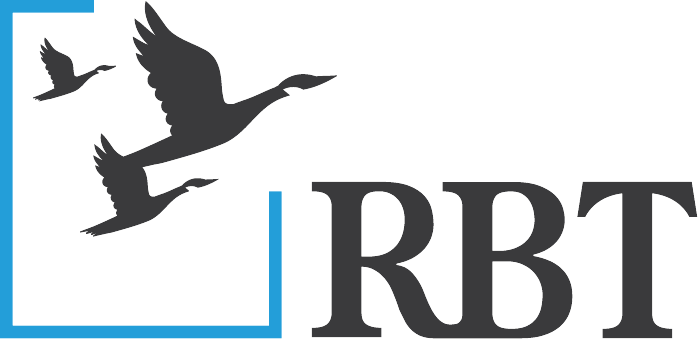When the 2024-2025 budget season gets underway, be sure to account for increases in New York State and Local Retirement System (NYSLRS) employer contribution rates.
The NYSLRS is made up of the Employees’ Retirement System (ERS) and the Police and Fire Retirement System (PFRS). The two systems pay retirement and disability benefits for state and local public employees, as well as death benefits to survivors. With a funding ratio of 90.3%, the NYSLRS is ranked among the best funded retirement systems.
On August 31, NYS Comptroller Thomas P DiNapoli announced increases to employer contribution rates for the 2024-2025 State Fiscal Year. For the ERS, average employer contribution rates will increase from 13.1% to 15.2% of payroll, adding about $350 million to 2024 pension costs. For the PFRS, average employer contribution rates will increase from 27.8% to 31.2%, its highest level since 1981.
The increases are attributable to investment performance, higher salaries, and inflation. The impact by employer varies, depending on the types of retirement benefit plans adopted, salaries paid, and distribution of employees among six membership tiers.
According to the Empire Center for Public Policy, Inc., an independent, non-partisan, non-profit think tank based in Albany, New York, “The combined ERS and PFRS rate increases will cost the state government about $500 million, most of which is already covered by pension estimates in Governor Hochul’s Enacted Budget Financial Plan.”
For additional information and insights into defined benefit funding and budgeting:
- The GFOA offers advice in its Sustainable Funding Practices for Defined Benefit Pensions.
- The RAND Corporation offers a roadmap in its Steps for Effectively Addressing State and Local Pension Crisis.
Simultaneously, accounting for expected 6.5% increases in average health care premiums increases for active and retiree populations will no doubt add to budget challenges. See Governing.com’s discussion about it here.
If this leaves you thinking: “There has to be a better way,” check out the GFOA’s Rethinking Initiatives, especially when it comes to Rethinking Budgeting.
Finally, if all of this is just too much, we want to make sure you know RBT CPAs is available to advise on budgeting, while also handing your municipality’s accounting, audit, and tax needs. To learn more, give us a call today.
RBT CPAs do not outsource work to any other country. All of our work is prepared in the U.S.A.






